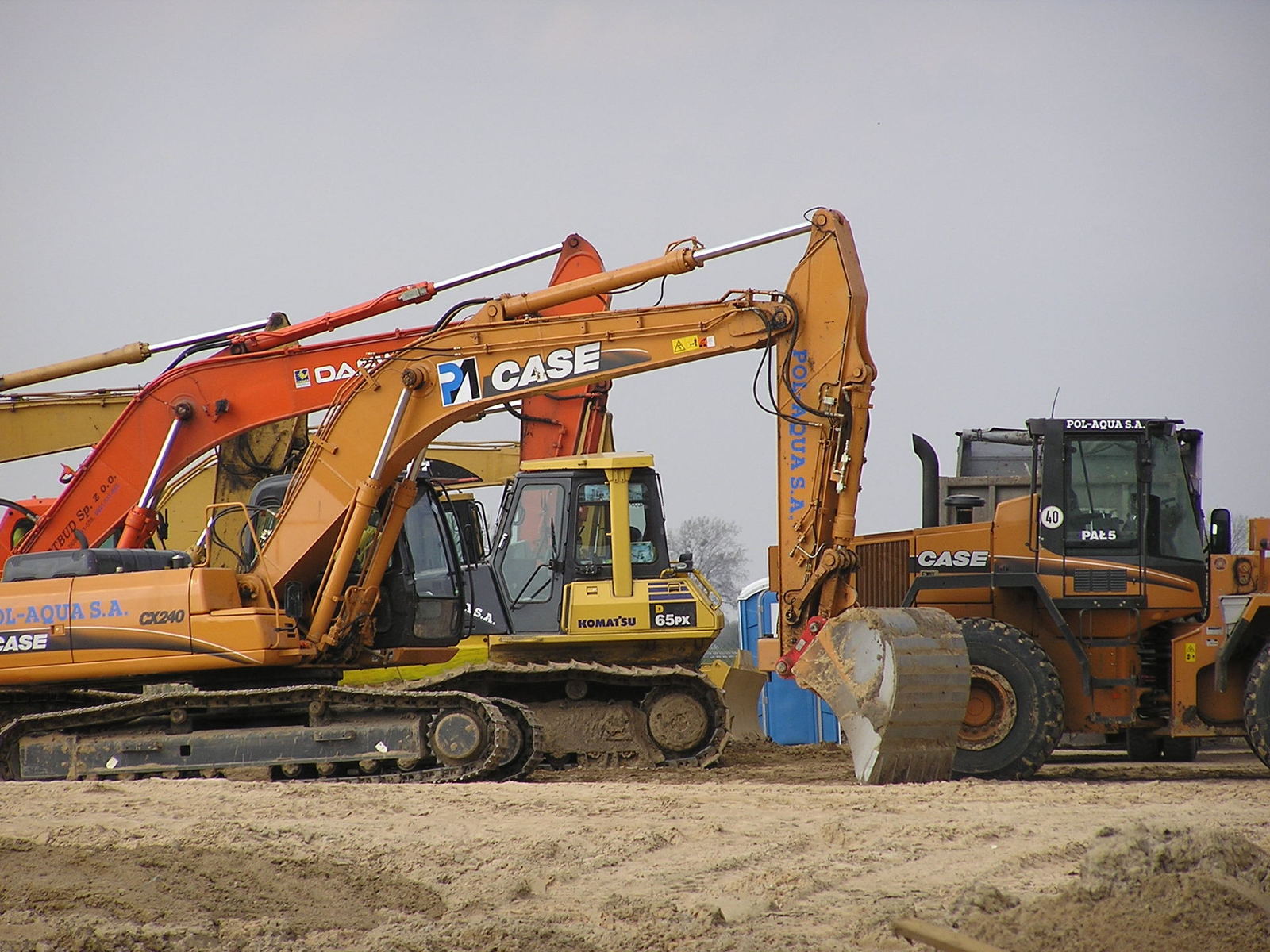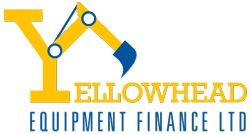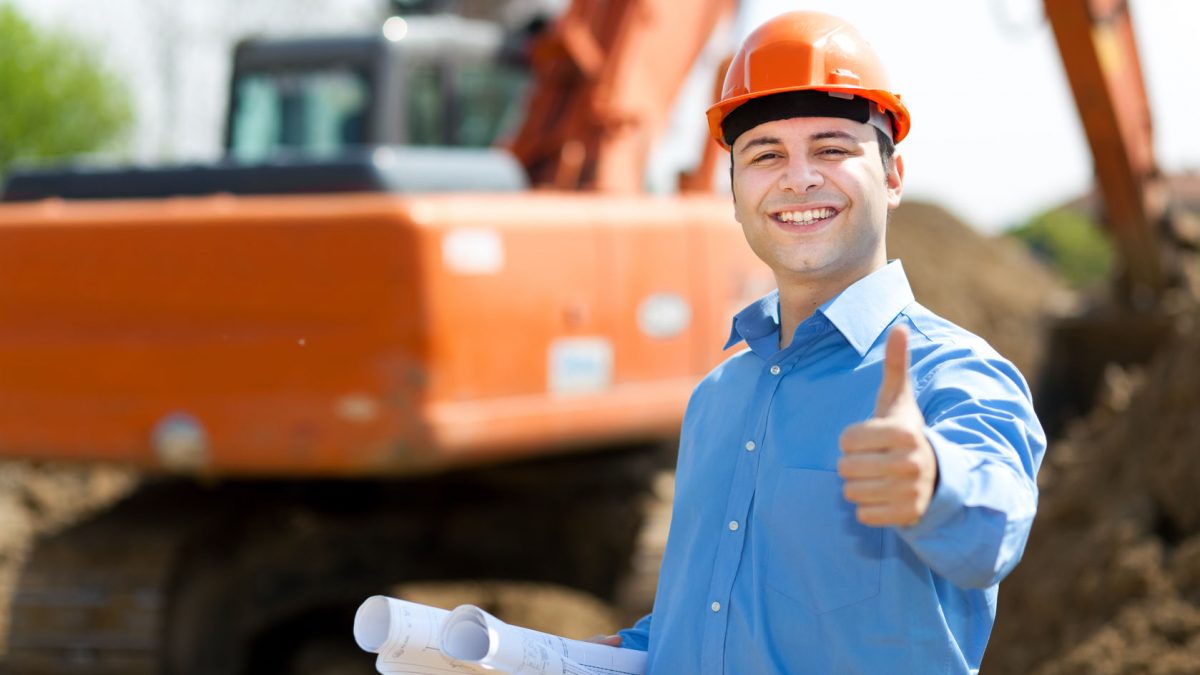
How Equipment Leasing Can Boost Your Farm Business
April 12, 2024
Unlocking Business Growth with YHEF Equipment Financing and Leasing
June 14, 2024When it comes to acquiring equipment for your business, understanding the difference between equipment financing and equipment leasing is crucial. Both options have their unique advantages and disadvantages, and the right choice depends on your business’s financial situation, equipment needs, and long-term goals.
Equipment Financing: Ownership and Depreciation
Equipment financing is akin to taking out a loan to purchase equipment. You’ll make regular payments until the loan is paid off, and then the equipment is yours. The key advantage here is ownership. Once you’ve paid off the loan, you own the equipment outright, which can be beneficial if the equipment has a long useful life and doesn’t become obsolete quickly.
However, with ownership comes depreciation. As soon as you purchase the equipment, it begins to lose value. This can be advantageous come tax time, as you can write off the depreciation as a business expense. But it also means that if you decide to sell the equipment later, it will likely be worth less than what you paid for it.
Equipment Leasing: Flexibility and Payments
Equipment leasing, on the other hand, is more like renting. You pay a monthly fee to use the equipment, but you don’t own it. At the end of the lease term, you may have the option to purchase the equipment, renew the lease, or return it. Leasing is often more flexible than financing and can be a good option if you need the latest technology or if the equipment has a short lifespan.
Leasing payments can also be lower than financing payments, which can be helpful for cash flow management. Additionally, lease payments are typically considered a business expense, which can provide tax benefits.
Tax Implications: The Bottom Line
Both financing and leasing have tax implications that can affect your business’s bottom line. With financing, you can deduct the interest on the loan and the equipment’s depreciation. With leasing, the entire lease payment can often be deducted as a business expense.
However, it’s important to consult with a tax professional to understand the specific implications for your business, as tax laws can be complex and change frequently.
Making the Right Choice
Ultimately, the decision between equipment financing and equipment leasing comes down to a few key factors:
- Longevity of Use: If you plan to use the equipment for a long time and it’s not prone to becoming outdated, financing might be the better option.
- Upfront Costs: Leasing usually requires less money upfront, which can be beneficial if you’re short on capital.
- Technology Needs: If you need to stay on the cutting edge with the latest equipment, leasing provides the flexibility to upgrade more frequently.
- Cash Flow: Consider your cash flow and how the regular payments of financing or leasing will impact it.
There’s no one-size-fits-all answer when it comes to choosing between equipment financing and equipment leasing. Assess your business’s needs, consult with financial and tax advisors, and choose the option that aligns best with your business strategy and financial health.





